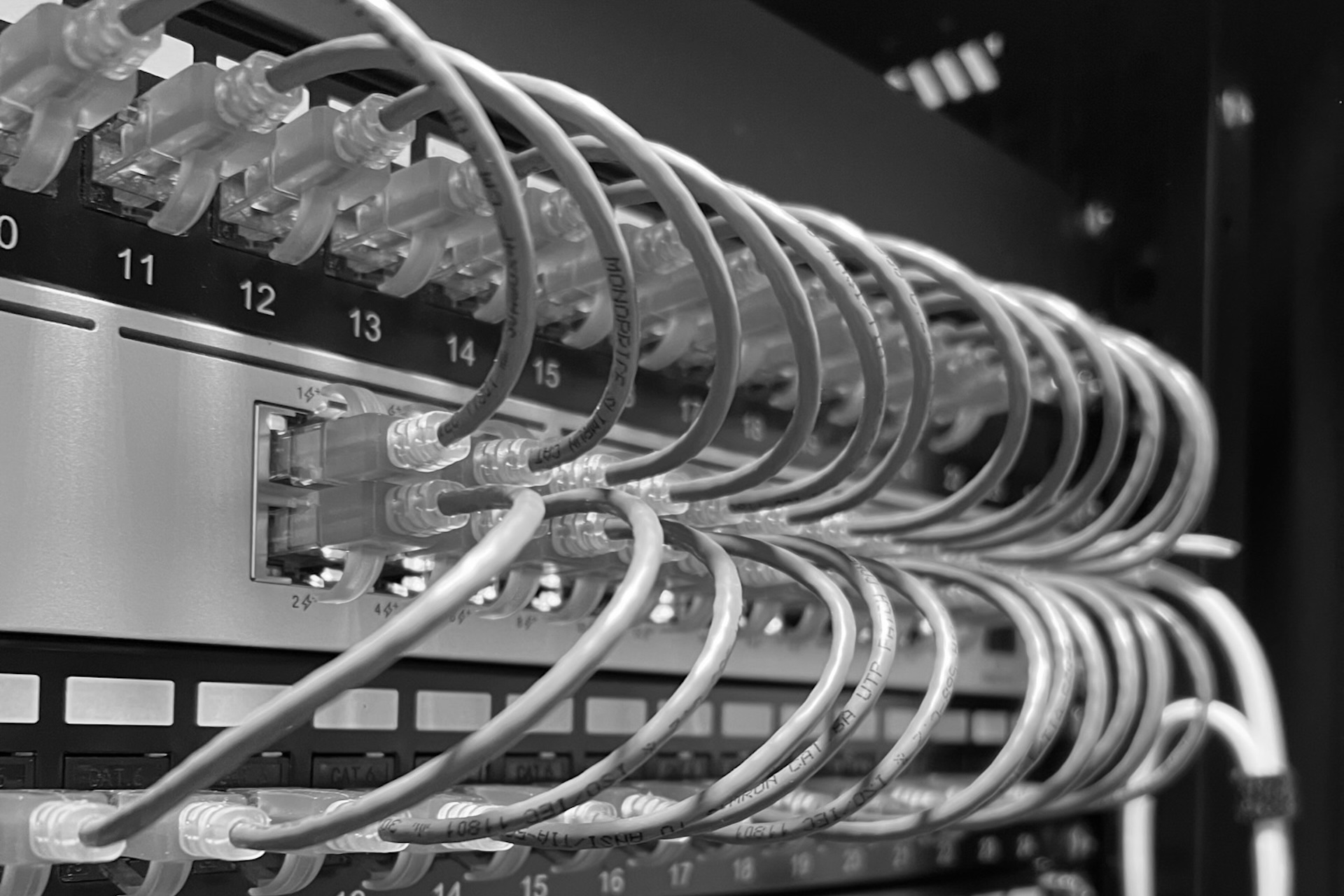In today's fast-paced and ever-evolving digital landscape, organizations heavily rely on robust and efficient IT infrastructure to drive their operations, enhance productivity, and stay competitive. IT Infrastructure Management (ITIM) plays a pivotal role in ensuring the seamless functioning of an organization's technological backbone. From hardware and software components to networks and data storage, effective ITIM is essential for optimizing resources, mitigating risks, and achieving overall business success.
Defining IT Infrastructure Management
IT Infrastructure Management encompasses the planning, designing, implementing, and maintaining of an organization's IT infrastructure. This includes hardware components such as servers, storage devices, networks, and software applications. The primary goal of ITIM is to ensure that the IT infrastructure aligns with the business objectives, operates efficiently, and provides a stable platform for various business processes.
Key Components of IT Infrastructure Management
-
Hardware Management: IT infrastructure is built on a foundation of hardware components, including servers, routers, switches, and storage devices. Hardware management involves monitoring the health and performance of these devices, conducting regular maintenance, and ensuring their optimal utilization. This proactive approach helps prevent potential failures and minimizes downtime.
-
Network Management: With the increasing complexity of network architectures, effective network management is crucial for maintaining a smooth flow of data within an organization. This involves monitoring network traffic, optimizing bandwidth, and addressing security concerns. ITIM ensures that the organization's network infrastructure is scalable, secure, and capable of handling the growing demands of digital communication.
-
Software Management: Managing software applications, updates, and licenses is a critical aspect of ITIM. This includes deploying and updating software, ensuring license compliance, and managing patches to address vulnerabilities. By keeping software systems up-to-date, organizations can enhance security, improve performance, and take advantage of new features and functionalities.
-
Data Management: Data is a valuable asset for any organization, and ITIM plays a key role in ensuring its integrity, availability, and security. This involves implementing robust data backup and recovery strategies, managing data storage efficiently, and complying with data privacy regulations. ITIM also includes the implementation of data governance policies to maintain data quality and consistency.
Benefits of IT Infrastructure Management
-
Enhanced Efficiency and Productivity: A well-managed IT infrastructure ensures that all components work together seamlessly, reducing the likelihood of disruptions and downtime. This, in turn, enhances overall efficiency and productivity, allowing employees to focus on their core responsibilities without being hindered by technical issues.
-
Cost Optimization: By optimizing the utilization of hardware resources, managing software licenses effectively, and preventing costly downtime, ITIM helps organizations control and reduce IT-related costs. It enables better budget planning and resource allocation, ensuring that technology investments contribute to the organization's bottom line.
-
Risk Mitigation: ITIM involves proactive monitoring and management of potential risks, including hardware failures, security breaches, and data loss. By identifying and addressing these risks in advance, organizations can minimize the impact of unforeseen events and ensure the continuity of their business operations.
-
Scalability and Flexibility: As organizations grow and evolve, their IT infrastructure needs to scale accordingly. ITIM provides the framework for scaling infrastructure components, ensuring that the technology backbone can adapt to changing business requirements. This scalability and flexibility are crucial in the dynamic and competitive landscape of the digital era.
In conclusion, IT Infrastructure Management is a fundamental element in the success of modern organizations. By effectively managing hardware, software, networks, and data, ITIM enables organizations to harness the full potential of their technological investments. It contributes to enhanced efficiency, cost optimization, risk mitigation, and the scalability needed to thrive in today's rapidly evolving digital landscape. As technology continues to advance, the role of ITIM will only become more critical in shaping the success of businesses across various industries.
Read also: Cloud Migration vs. Privacy Concerns
Note: If you have more questions about the current topics, such as Data management and Security, Cybersecurity, IT Management, VPN and so on, please don't hesitate to reach out to us. We are more than happy to help!

